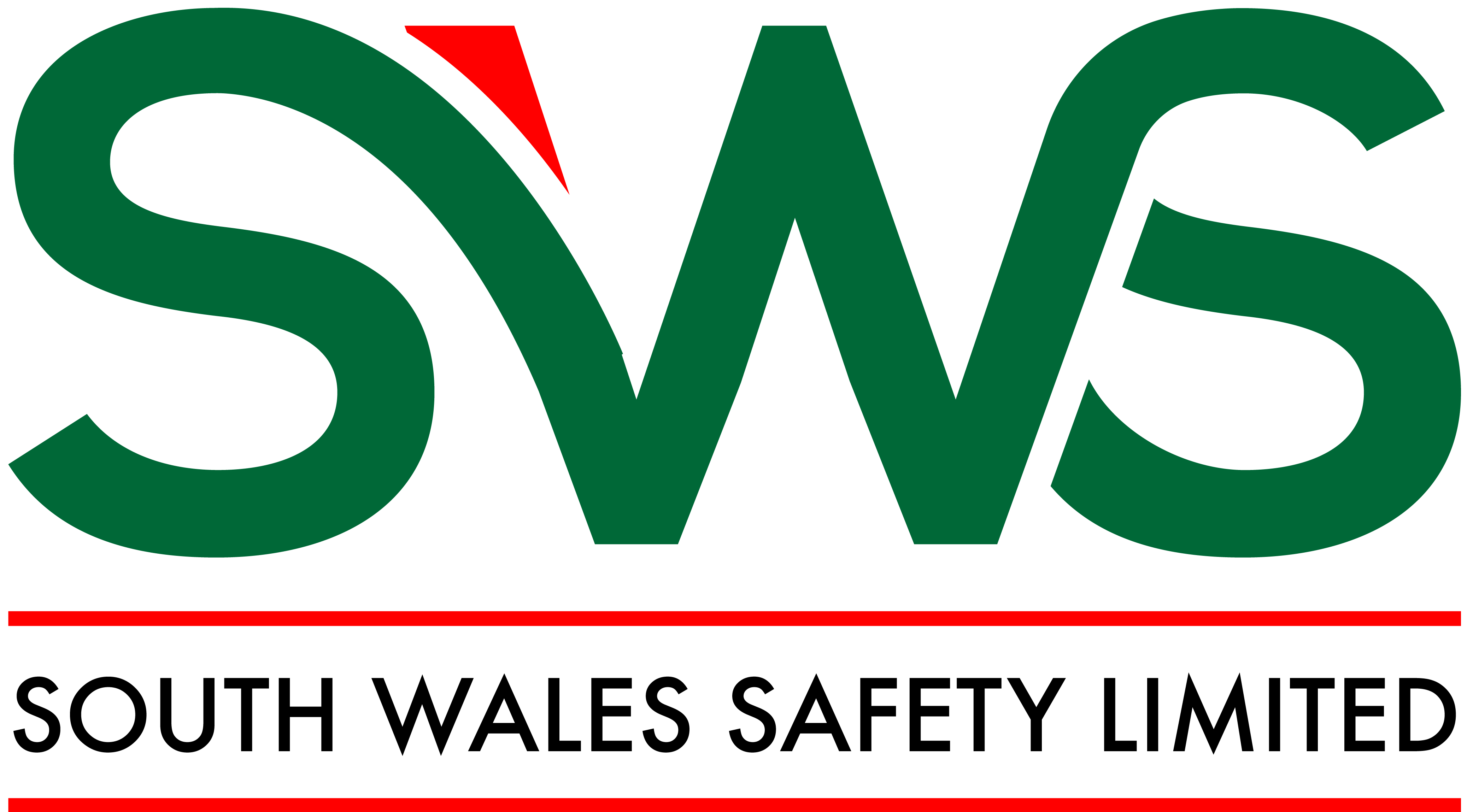A Shared Responsibility
When it comes to workplace health and safety, it’s easy to point fingers and place blame. However, the reality is that everyone in the organisation has a role to play. From the CEO to the newest recruit, safety is a shared responsibility.
The Role of Employers
As the employer, you have a legal and moral obligation to provide a safe and healthy working environment for your employees. This means:
- Risk Assessments: Identifying potential hazards and taking steps to minimise risks.
- Safe Systems of Work: Implementing safe procedures and practices.
- Training and Supervision: Providing employees with the necessary training and supervision.
- Safe Equipment: Ensuring that all equipment is safe and well-maintained.
- Health and Safety Management Systems: Implementing a robust health and safety management system.
- Competent Persons: Appointing competent persons to oversee health and safety matters.
The Role of Employees
Employees also have a responsibility to contribute to a safe working environment. This includes:
- Following Safety Procedures: Adhering to safety rules and regulations.
- Reporting Hazards: Bringing any unsafe conditions or practices to the attention of their supervisor.
- Using Equipment Safely: Using equipment as intended and in accordance with training.
- Cooperating with Safety Measures: Participating in safety initiatives and training.
The Importance of Leadership
Senior management plays a crucial role in creating a culture of safety. By demonstrating a strong commitment to health and safety, leaders can inspire their employees to take safety seriously. This includes:
- Setting the Tone: Leading by example and promoting safety as a core value.
- Allocating Resources: Providing the necessary resources to implement and maintain the OHSMS.
- Supporting Safety Initiatives: Encouraging and supporting safety initiatives and innovations.
The Power of Teamwork
A successful health and safety culture is built on teamwork and collaboration. By working together, employers and employees can create a safer and healthier workplace for everyone.
- Regular Safety Meetings: Holding regular safety meetings to discuss safety issues, share best practices, and address concerns.
- Safety Committees: Establishing safety committees to involve employees in decision-making and problem-solving.
- Open Communication: Encouraging open and honest communication about safety matters.
The Legal Landscape
In the UK, workplace health and safety is governed by a complex web of legislation, including the Health and Safety at Work Act 1974 and various regulations. Failure to comply with these laws can result in serious consequences, including fines, imprisonment, and damage to your company’s reputation.
The Role of Health and Safety Consultants
To ensure compliance with health and safety regulations and to create a robust OHSMS, many organisations seek the expertise of health and safety consultants. Consultants can provide a range of services, including:
- Risk Assessments: Identifying and evaluating hazards.
- Policy Development: Creating and implementing health and safety policies and procedures.
- Training and Awareness: Delivering training to employees on various health and safety topics.
- Accident Investigation: Investigating accidents and incidents to prevent future occurrences.
- Compliance Audits: Auditing your organisation’s compliance with legal requirements.
Conclusion
Workplace health and safety is a shared responsibility. By working together and taking proactive steps to prevent accidents and illnesses, organisations can create a safer and healthier working environment for everyone. If you need assistance in implementing a robust OHSMS, contact South Wales Safety today.

